Access to comprehensive, quality health care services is important for promoting and maintaining health, preventing and managing disease, reducing unnecessary disability and premature death, and achieving health equity. Three components of access to consider are: insurance coverage, availability of services (both geographically and timewise), and finding a health care provider that the patient trusts. Health insurance is a contract between an individual and an insurance company. The insurance plan specified in the contract provides part or complete payment of specified health care costs for the enrollee(s). Some plans are provided by employers, some by government programs such as Medicare, and others are purchased directly by individuals from insurance companies.1
Why It’s Important
Most people need medical, oral or mental health care at some time in their lives. Health insurance covers all or some costs of care and protects people from very high expenses. People without health coverage have to cover all healthcare costs, which can sometimes lead to debt, bankruptcy, preventable complications, and even death. It also provides free preventive care such as screenings, check-ups and vaccinations. Without health insurance, individuals must cover unexpected healthcare costs out of pocket. People without health insurance are more likely to lack a usual source of medical care, such as a primary care provider. More often than not, they skip routine and preventive medical care, thus increasing their risk for developing serious and disabling health conditions that cost more to treat and can result in premature death.2
What Is Known
In 2020, the United States (US) spent $4.1 trillion on health care, an average of $12,500 per person. This is nearly a 10% increase in health care spending from the year prior.3 Simultaneously, 29.6 million people under the age of 65 in the US were uninsured.4 The Hawai‘i Prepaid Health Care Act specifies that employees who work at least 20 hours per week for four consecutive weeks are entitled to health care coverage where the employer pays at least half of the premium.5 In Hawaiʻi in 2020 (BRFSS):
- 8% of adults aged 18-64 years did not have any kind of health insurance coverage.
- 20% of people only had public insurance which includes federal programs such as Medicare, Medicaid, and VA Health Care, etc.
- 86% of adults had one or more personal doctors or health care providers.
- 6% of adults did not see a doctor because of the cost.
Who Is at Risk
Everyone is at risk of needing health care at some point. People without the financial means and/or adequate health coverage are at risk for not receiving quality care. Since health status is strongly associated with age, older adults may need more medical services. Sex, race, ethnicity, education and family income are other factors. Disparities also exist by geography, as millions of Americans living in rural areas lack access to primary care services.
How To Reduce Risk
Healthy People 2030 states that future efforts will need to focus on the deployment of a primary care workforce that is better geographically distributed and trained to provide culturally competent care to diverse populations. Specific HP 2030 goals that pertain to access to care include:
- Increase use of telehealth
- Improve communication and understanding between healthcare providers and patients
- Increase number of community organizations that provide prevention services
- Increase proportion of people with health coverage6
Page last updated July 29, 2022
References
1Health Insurance – Glossary. HealthCare.gov. https://www.healthcare.gov/glossary/health-insurance/. Accessed July 17, 2022.
2 See how health insurance coverage protects you. HealthCare.gov. https://www.healthcare.gov/why-coverage-is-important/coverage-protects-you/ Accessed July 17, 2022.
3 National Health Expenditure Data. Centers for Medicare and Medicaid Services. https://www.cms.gov/Research-Statistics-Data-and-Systems/Statistics-Trends-and-Reports/NationalHealthExpendData/NationalHealthAccountsHistorical. Published December 15, 2021. Accessed July 17, 2022.
4 National Center for Health Statistics, Cohen RA, Martinez ME, Terlizzi EP, Cha AE.; 2021. https://www.cdc.gov/nchs/data/nhsr/nhsr159-508.pdf.
5About prepaid health care. State of Hawaii Disability Compensation Division . https://labor.hawaii.gov/dcd/about-phc/. Accessed July 17, 2022.
6Health Care Access and Quality. Healthy People 2030. https://health.gov/healthypeople/objectives-and-data/browse-objectives/health-care-access-and-quality Accessed July 17, 2022.





